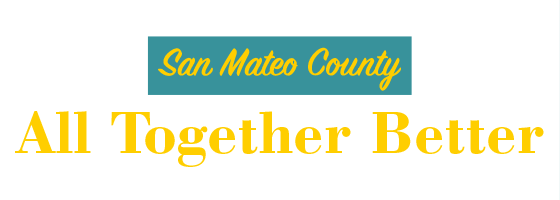Promising Practices
The Promising Practices database informs professionals and community members about documented approaches to improving community health and quality of life.
The ultimate goal is to support the systematic adoption, implementation, and evaluation of successful programs, practices, and policy changes. The database provides carefully reviewed, documented, and ranked practices that range from good ideas to evidence-based practices.
Learn more about the ranking methodology.
Filed under Effective Practice, Education / Student Performance K-12, Teens
Goal: The goals of the Open Meadow program are 1) to re-engage high risk youth so they will complete their education; and 2) to connect high risk youth to their community in a positive way.
Filed under Good Idea, Health / Oral Health, Children, Racial/Ethnic Minorities
Goal: The goal of the program is to train non-dental health and childcare professionals in dental disease screening and dental referrals for children.
Filed under Effective Practice, Economy / Housing & Homes, Racial/Ethnic Minorities
Goal: Walking Shield's mission is to improve the quality of life and create positive futures for American Indians who live on our nation's reservations by managing and coordinating programs that provide shelter, healthcare, food and clothing, educational assistance, community development assistance, and humanitarian support.
Filed under Effective Practice, Economy / Employment, Adults
Goal: Opportunity Chicago's goal was to identify employment barriers within the system and to reduce those barriers by creating processes that would result in a smoother and more streamlined path to employment for CHA residents.
Impact: Of the 6,743 participants in an Opportunity Chicago program between 2006 and 2010, 5,185 (77%) were employed by the end of the project. Fifty-four percent retained employment for two or more years. Fifty-nine percent of participants saw an increase in quarterly earnings.
Filed under Effective Practice, Community / Crime & Crime Prevention, Children
Goal: Florida started the drug court movement by creating the first treatment-based drug court in the nation in 1989. The drug court concept was developed in Dade County (Miami, Florida) stemming from a federal mandate to reduce the inmate population or suffer the loss of federal funding. The Supreme Court of Florida recognized the severity of the situation and directed Judge Herbert Klein to research the problem. Judge Klein determined that a large majority of criminal inmates had been incarcerated because of drug charges and were revolving back through the criminal justice system because of underlying problems of drug addiction. It was decided that the delivery of treatment services needed to be coupled with the criminal justice system and the need for strong judicial leadership and partnerships to bring treatment services and the criminal justice system together.
Filed under Effective Practice, Health / Alcohol & Drug Use, Teens, Adults
Goal: The goal of this program is to reduce tobacco use in Oregon.
Filed under Effective Practice, Health / Older Adults, Adults
Goal: To reduce and prevent falls in people with osteoporosis and osteopenia through exercise and education.
Filed under Effective Practice, Community / Social Environment, Families
Goal: The goal of this program is to foster positive family relationships.
Filed under Good Idea, Health / Disabilities, Children, Families
Goal: The program's mission is to empower families of children with special needs to understand and access the systems that serve them.
Filed under Effective Practice, Education / Literacy, Children, Teens, Urban
Goal: Partners in School Innovation enables public schools in high-poverty Bay Area communities to achieve educational equity through school-based reform.

